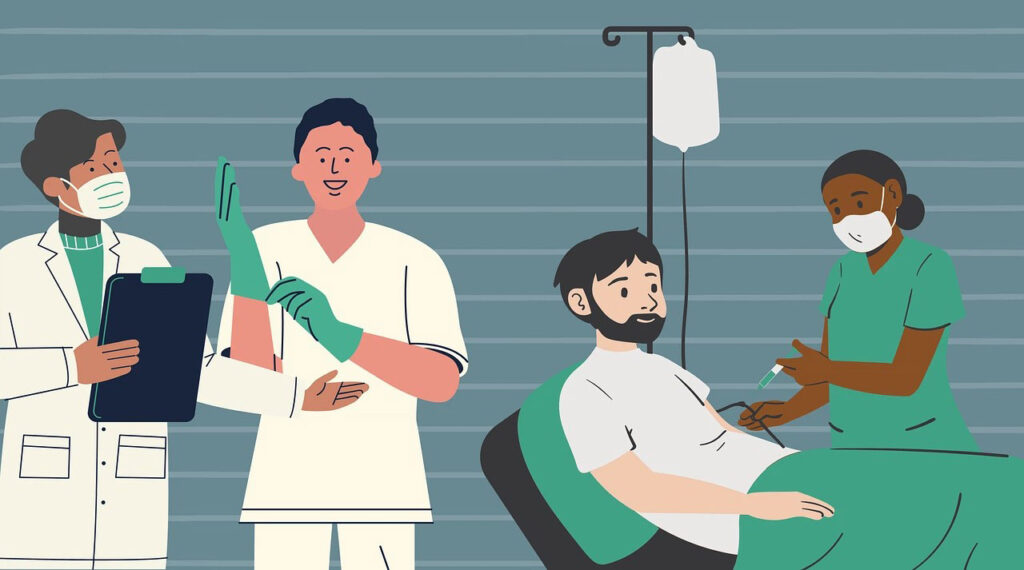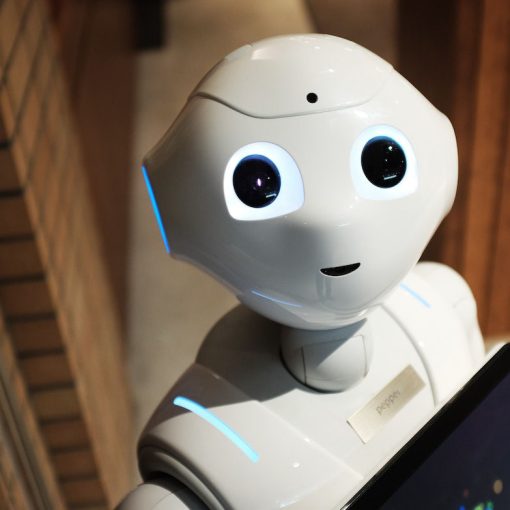LAB University of Applied Sciences organized a collaborative event with South Karelia wellbeing services county targeting at collaboration of healthcare representatives of different specializations. The day was dedicated to continuous learning, development of clinical expertise and sharing and increasing positive experiences in working life, action, and active discussions, of which were creating trustful and educational environment among participants and providing a significant learning and networking opportunity.
Understanding key concepts of non-technical skills like collaboration and experience exchange amongst professionals is as important as clinical skills. For the students it is an opportunity to communicate directly with their future colleagues. Building professional networks starts already when studying and simulation opportunity facilitates mentoring amongst professionals and students. Providing awareness and education to healthcare parties and practicing use of it may significantly improve standardized procedure’s fluency.

Joint simulation as a shared learning opportunity
The collaborative event included a joint simulation session among health care professionals and nursing students. The simulation case included a patient getting an allergic reaction in a minor treatment facility which escalated to be a 112-emergency task for a paramedic unit with further delegation to the emergency room. It included communication with a relative and information exchange on telephone and in person. Simulation roles were distributed evenly among students and health care professionals.
Three main aims of the simulation were to practice:
- Crew resource management which is a general broad intervention and management concept covering non-technical skills such as correct decision making, situation awareness, role-sharing and assigned responsibilities, improving stress, and coping in work environment (Buljac-Samardžić et al. 2021).
- The use of ISBAR reporting method ‒ Identification Situation Background Assessment Recommendations ‒ which provides quality reported information encouraging continuously progressive care by having all needed information always at hand for all the participants of the situation (Chaica et al. 2024).
- Quality chain of treatment which fluency is important as patients usually undergo different procedures, various facilities and experts giving a possibility of running a seamless and successful line of patient treatment.
All together these aspects showed the significance of interventions mentioned and encouraged participants to use these methods and principles in everyday working life. A joint simulation together with health care professionals facilitates professional development and is a part of continuous learning and evidence-based practice implementation. Based on the participant feedback the joint simulations will be organized in the future.
Authors
Elizaveta Liutu and Kira Pekshieva are 2nd and 3rd year Paramedic nursing students at LAB University of Applied Sciences. They participated in the joint simulation in collaborative event organized by LAB UAS and South Karelia wellbeing services county.
Eeva Tuomenoksa and Sini Hämäläinen work as Senior Lecturers at LAB University of Applied Sciences and were a part of the event organizing committee.
References
Buljac-Samardžić, M., Dekker-van Doorn, C. M., & Maynard, M. T. 2021. What Do We Really Know About Crew Resource Management in Healthcare?: An Umbrella Review on Crew Resource Management and Its Effectiveness. Journal of patient safety, 17(8), e929–e958. Cited 5 Jun 2024. Available at https://doi.org/10.1097/PTS.0000000000000816
Chaica, V., Marques, R., & Pontífice-Sousa, P. 2024. ISBAR: A Handover Nursing Strategy in Emergency Departments, Scoping Review. Healthcare (Basel, Switzerland), 12(3), 399. Cited 5 Jun 2024. Available at https://doi.org/10.3390/healthcare12030399
Elf-Moondance. 2021. Sairaala, ensiapuun, klinikka, huone. Pixabay. Cited 5 Jun 2024. Available at https://pixabay.com/fi/illustrations/sairaala-ensiapuun-klinikka-huone-6700680/




